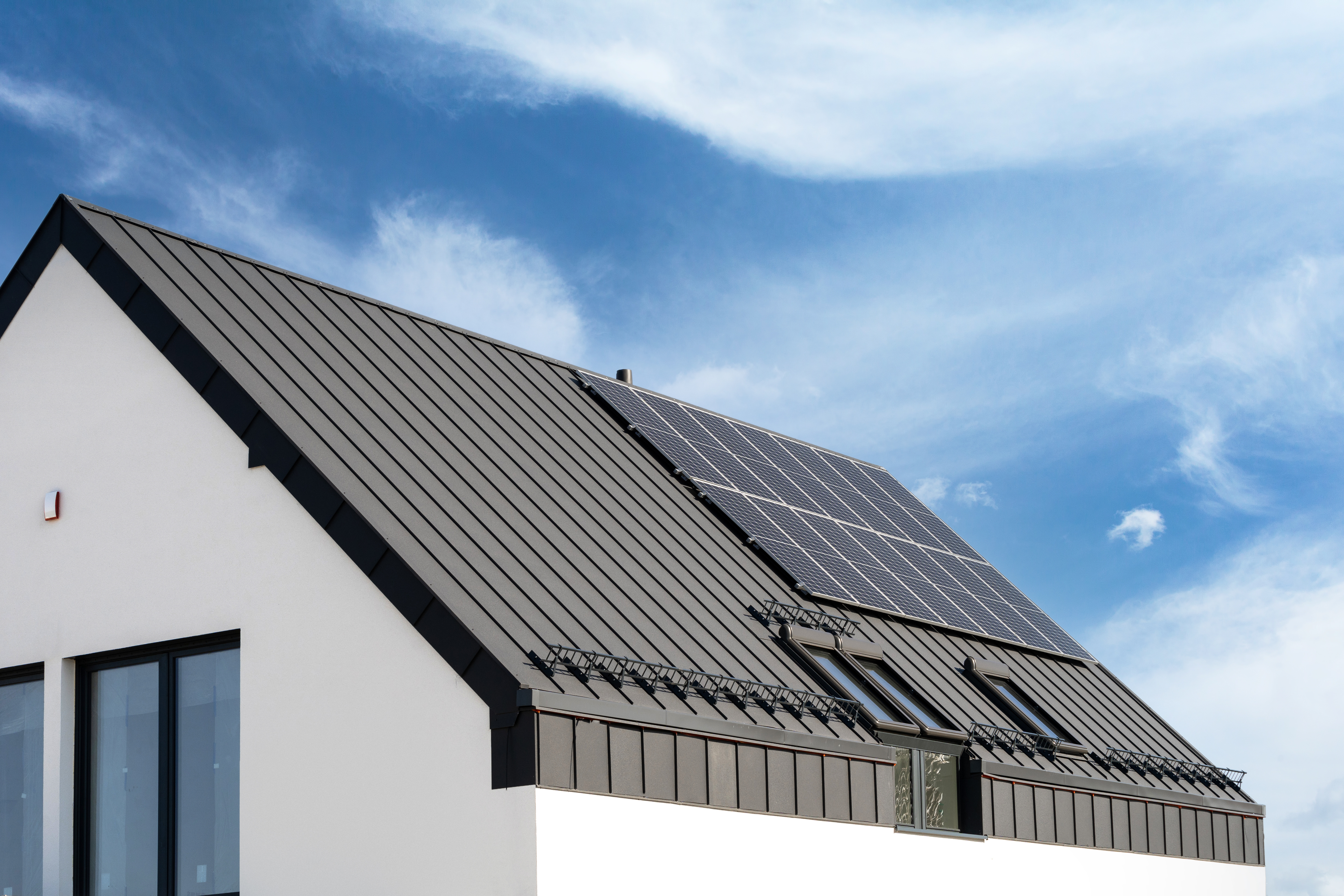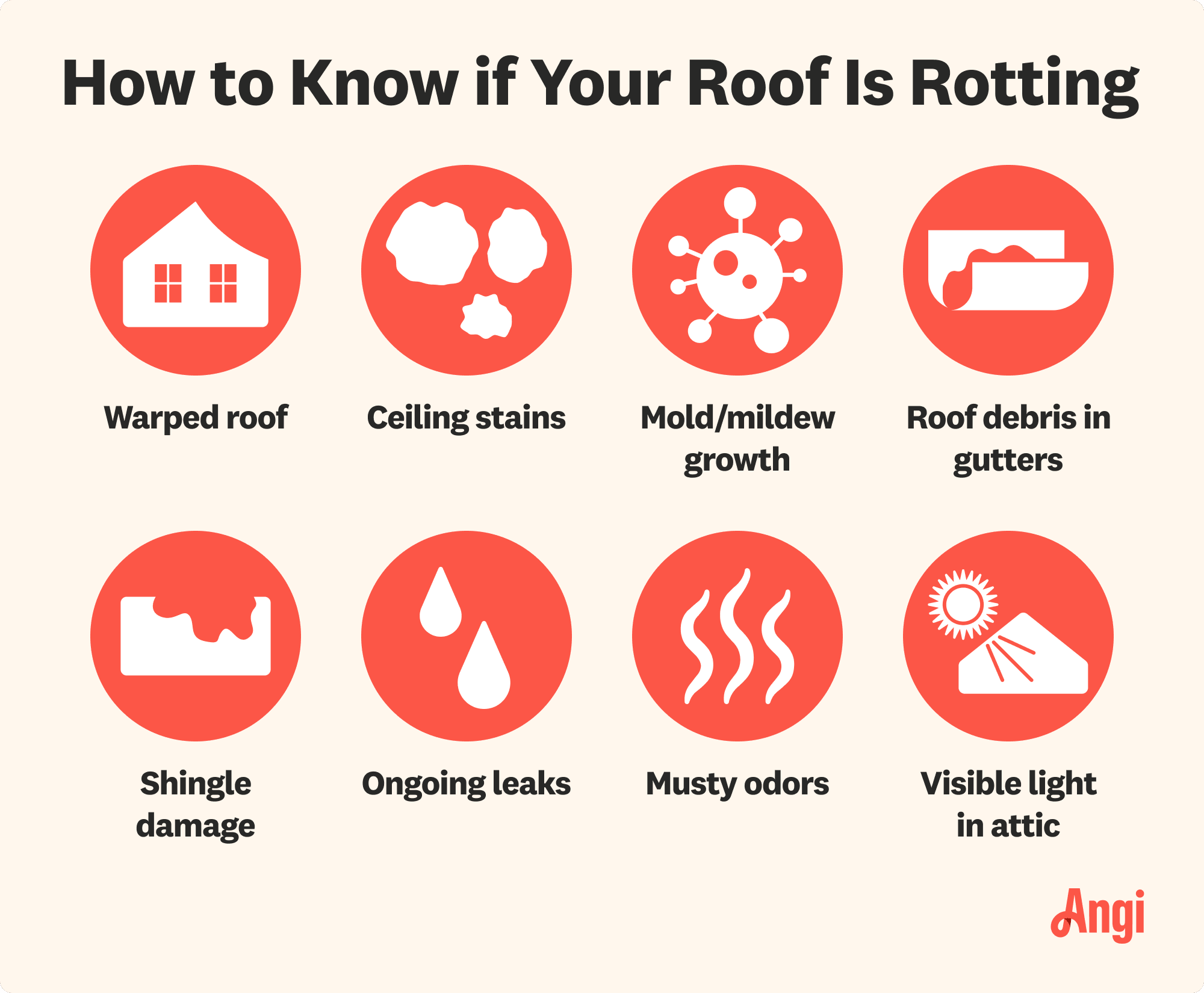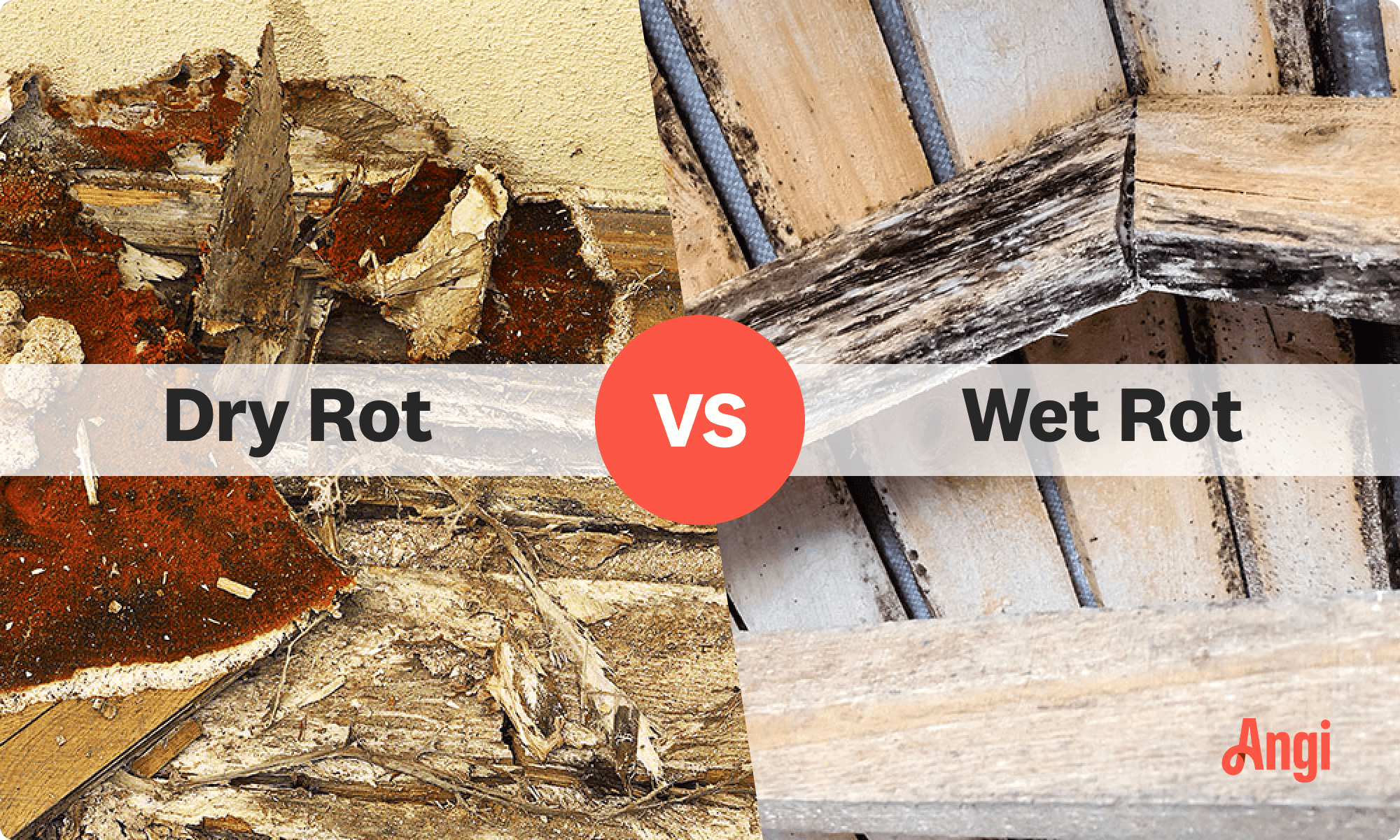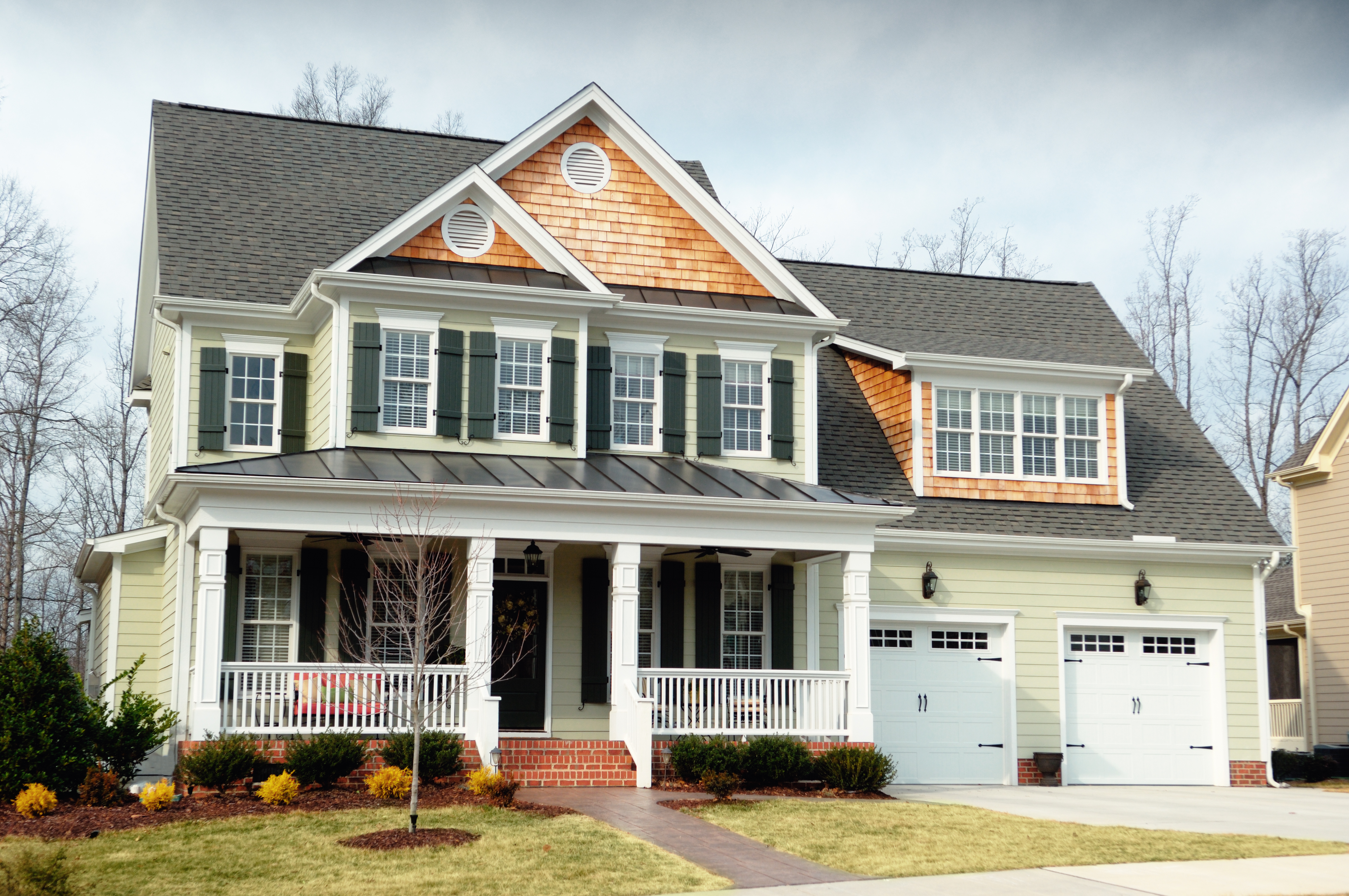
A metal roof can defend your home against Ohio’s varying weather conditions. Learn how much a metal roof costs in Columbus, OH.
The only thing falling from your roof should be leaves, not shingles


A strong roof protects and supports the entire structure of a house, so it’s important to identify potential issues ASAP.
Do not ignore the warning signs of roof rot, which include sagging, mold growth, and musty odors.
It’s best to leave roof repairs to the pros, but you can take proactive measures to prevent roof rot in the first place.
A rotting roof causes more than just poor curb appeal. It results in damage to the structural integrity of your home. You definitely want to be able to recognize the signs of roof rot to avoid extensive damage, and you can follow our tips for proactive measures to prevent damage in the first place.
A sturdy roof protects your house from the elements, preventing the walls and interior from water damage and decay due to rain and snowfall. While a well-maintained roof makes your home’s exterior more attractive, it also keeps the rest of the house from collapsing. That’s why it’s important to hire a professional roofer near you as soon as you detect any type of roof rot.

If there’s one good thing about a rotting roof, it’s that it will definitely make its presence known so that you know to take action. Here are eight warning signs of roof rot that you shouldn’t ignore.
Excessive water from rain or snow can seep into a roof, causing the roofline to warp or sag. It might not be rotting just yet, but it’s certainly a sign of things to come unless it’s repaired or replaced, especially if you’re able to see the damage from the ground.
If you spot water stains or other discoloration on the ceiling or walls on the top floor of your house, it means moisture is likely coming in from a damaged roof. Of course, if you see stains on a lower level of your home, you should still investigate where else the moisture might be coming from.
If you spot patches of mold or mildew on your roof, consider it a warning sign of roof rot. Both thrive in damp environments, which means that your roof is absorbing moisture and could begin to leak or rot. Moss growth might, at first, look rather attractive on the shingles, but it should be washed off as soon as possible because it traps moisture that could damage the roof.
It’s normal for your gutters to fill up with yard debris. But if you’re starting to see more granules from your roof shingles than dead leaves, it’s time to call a roof inspector. While some wear and tear is normal for your roof shingles, especially if you live in an area that’s prone to wet weather, you should not have decaying shingles constantly clogging up your gutters.
Gutters are essential to moisture control and drainage for your roof. Clogged or blocked gutters can lead to rotting fascia, pest infestation, and mold and algae buildup. Regularly cleaning your gutters is vital to keeping them working.
Damaged or missing shingles or flashing means that your roof has been compromised by the elements. While a single wonky shingle might not seem like much, it still leaves the roof structure compromised in that section, which could lead to more damage. It’s also much quicker and less costly to fix a shingle or piece of flashing than to repair large sections or replace the entire roof.
It’s fair to say that water consistently trickling in from anywhere in your house warrants an investigation. But if it continues to rain inside your home after the rain has stopped outside, it’s time to call in a pro to fix the roof. Do it sooner, and you might be able to get away with minor repairs. The longer you wait, the greater the water damage, and you might have to replace the entire roof.
If you smell a musty, dank odor in your home that’s especially strong after a rainstorm, then you should hire a pro to check your roof, especially if it’s an older one. When water seeps into the roof structure, mold and mildew start to grow, which causes those stale odors. Since mold and mildew growth can lead to wood damage, it’s best not to ignore any foul odors.
Natural light in a home is normally a good thing unless it’s filtering into your attic through cracks in your roof deck. The moisture that seeps through is bad enough, but when you consider what else might eventually creep through those cracks, it’s a homeowner’s nightmare. Even if you live in a dry climate, it’s best to call a roofing pro sooner rather than later.

A home’s structure is only as sound as its roof, so it’s important to contact a roofing pro as soon as you begin to suspect roof rot. As with many home improvement projects, you have a better chance of needing to do less work—and spend less money—when you catch small problems before they become larger ones. And since even a little roof damage can weaken the entire structure of the roof, it’s better to call a contractor as soon as possible.
Given the nature of the work and the importance of a structurally sound roof, it’s safer and more effective to hire a roofing professional. Plus, climbing a ladder and working on a roof can be dangerous if you don’t have the experience and safety gear that pros do.
It pays for homeowners to be proactive about roof maintenance. Here are several ways you can prevent roof rot:
Clean gutters seasonally: Clear gutters of dead leaves and debris at least twice a year—in spring and fall. Not only does this prolong the life of your gutters, but it also allows water to be channeled away from your roofline, where it would otherwise damage the eaves and shingles.
Make sure your attic is well ventilated: Proper attic ventilation prevents damage by drying out moisture, which prevents mold and mildew growth. It also regulates the roof’s temperature, which prevents damage due to ice dam formation.
Inspect the roof annually: Hire a roofing pro to check your roof for damage, especially after a bad winter or storm season.
Make small repairs as needed: Small fixes now can prevent larger repairs—and even larger contractor bills—later, so replace shingles and flashing as needed.
The cost to repair a roof depends on several factors, including the size and type of roof, as well as the extent of the damage. Small roof repairs that don’t require much labor or new materials might only set you back a few hundred dollars. But if you need to replace a roof, the costs will rise.
Depending on the nature of the roof repair, homeowners can expect to pay anywhere between $150 and $8,000. A leaky roof repair may cost between $360 and $1,550. Given these wide price ranges, it’s a good idea to request several quotes from local roofers before making the hire. Replacing a roof costs between $5,900 and $13,200 on average.
From average costs to expert advice, get all the answers you need to get your job done.

A metal roof can defend your home against Ohio’s varying weather conditions. Learn how much a metal roof costs in Columbus, OH.

Dealing with a visibly damaged roof or leak? Learn about roof repair costs in Columbus to see how much you’ll need to budget for a permanent solution.

Learn about roof replacement costs in Columbus and what factors are at play to budget accurately and make sure you’re getting a fair price.

Do roof vents work? Is roof ventilation necessary? Can I have too much ventilation? Here are the top 11 myths about roof vents and the real answers you deserve.

Understanding roof rafter sizes is critical to ensure your project is structurally sound and up to code. Learn about sizes, spacing, and code requirements.

Shingles won't cut if you have a flat roof or a roof with minimal pitch. You may want to consider torch down roofing. Here’s what you should know.